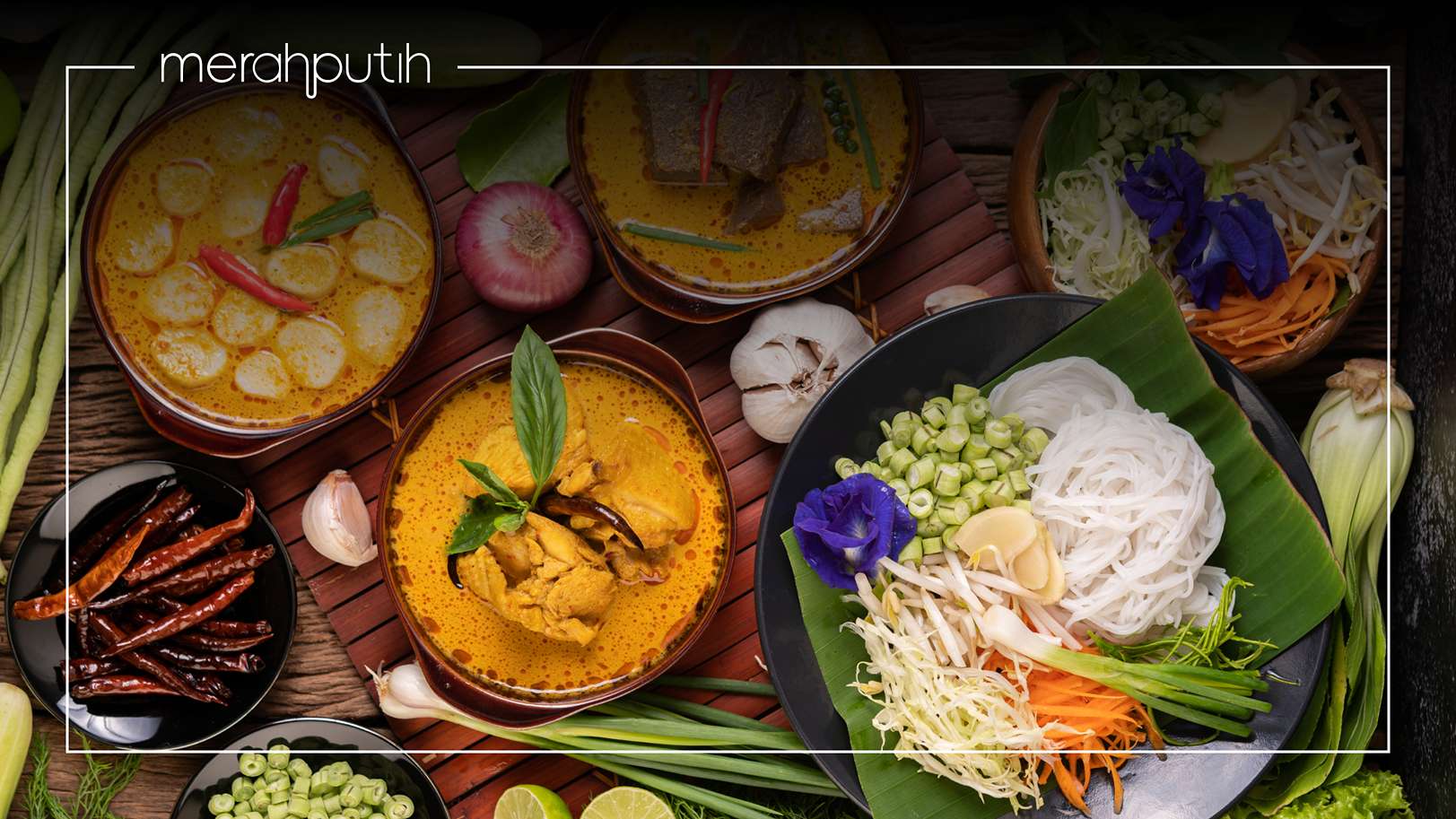As part of the wider family of diverse Indonesian cuisine, Balinese food is cooked with the utmost respect and intentionality. On the island of the gods, food is considered crucial, appearing in religious rites from every day rituals to large scale ceremonies. Applying various cooking techniques, from common to traditional, results in flavourful dishes known across the world.
How do the Balinese manage to craft such mouthwatering food? It is in many ways thanks to the following Balinese cooking methods.
Basic Indonesian cooking techniques
Balinese cuisine shares many similarities in methods with Indonesian cuisine, including the following.
Mencincang
Indonesians will say cincang, but in Bali this fine chopping method is called merajang. It’s used to process base spices such as garlic, shallots, and chilies. For the Balinese, merajang is essential to making base genep, Bali’s iconic spice blend which incorporates up to 10 different ingredients. This Balinese cooking method ensures that each ingredient’s flavour can shine through.
Menumis
In Indonesia, tossing ingredients in hot oil is called menumis. In Bali specifically, this cooking technique is known as nyangluh and is done after grinding down base spices. When spices meet the oil, they release all their aromas and essences, creating a deeper flavour for the overall dish and softening any raw taste from any of the spices.
In general Indonesian cuisine, menumis is also used to refer to the stir fry process.
Panggang
The Indonesian word for “grill” is “panggang,” and it refers specifically to grilling over an open flame. This is often done with charcoal, but more traditional Indonesian cooking methods would utilise aromatic coconut husks. In Bali, this technique is known as mepanggang and adds a smokiness to almost any dish.
Ngulek
Ngulek or grinding in both Indonesian and Balinese cooking involves a stone mortar or cobek and a pestle or ulekan. This stone grinding technique releases essential oils from traditional spices, creating a richer flavour in the overall dish. Ngulek is often done after merajang to create spice pastes.
Menggoreng
The method of frying, whether a shallow fry or a deep fry, is known by the same word across Indonesia. Menggoreng crisps up anything from chicken to tofu, tempeh to fritters, and even the shallot chips used as topping in many Indonesian dishes.
Merebus
Boiling or simmering is referred to as merebus in Indonesian or nglablab in Balinese. This method is often used to create stews or clear broths, tenderising meat and tough vegetables over a long period of time and ensuring it’s cooked through.
Mengukus
A big part of Indonesian cuisine, including Balinese dishes, is mengukus or steaming. This slow cooking process allows the flavours from any spice to seep into the main ingredients. In Bali and many regions, mengukus is often done to meat that has been slathered in spices and wrapped in banana leaves.
Specific Balinese cooking methods
In addition to the above techniques, there are also cooking methods specific to Balinese culture.
Ngelawar
This refers to the communal art of making lawar, a traditional Balinese salad made of chopped vegetables and minced meat or shredded chicken. Families would sit in the kitchen and prepare lawar together, especially when large amounts are required for major religious ceremonies. Ngelawar showcases the Indonesian value of gotong royong – a mutual contribution that involves every individual in the community.
Nyat-nyat
While nyat-nyat is popularly the name of a Balinese dish, it actually refers to the way the dish is cooked. Nyat-nyat is a Balinese cooking method of simmering meat in water or coconut milk until the liquid thickens. “Nyat” means to reduce, which is what this technique achieves. Nyat-nyat is commonly done when cooking fish, but you can also find chicken and duck cooked in this way.
Betutu
The most famous Balinese food, ayam betutu, is named as such because the chicken undergoes the betutu cooking method. With this technique, chicken is covered in base genep and wrapped in multiple layers of banana leaves before being buried in an earth pit heated with hot coals. This slow cooking process can take up to 12 hours, but the smokey, flavourful, melt-off-the-bone meat is worth the long wait.
Timbungan
While this method is used in other parts of Indonesia, timbungan in Bali refers to cooking food inside bamboo tubes. Ingredients are stuffed inside bamboo tubes, then covered with banana leaves before grilling over a fire. The bamboo adds an earthiness to the dish, while the grill infuses smokiness.
While some of these traditional Balinese cooking methods have been modified today with the advancement of technology, it doesn’t take away from the flavours that come from these authentic Balinese techniques. Even today, newer restaurants including fine dining establishments serve these traditional recipes.
For a taste of classic Indonesian recipes cooked with both traditional and modern methods, visit Merah Putih restaurant in Petitenget, Bali. Order staple Balinese classics like nasi campur ayam betutu and lawar kacang, pair them with delicious wines and cocktails, and enjoy an elevated dining experience.
Book a table with these gift vouchers to secure your spot.
FAQ
Indonesian cuisine employs a variety of techniques, from mencincang (chopping) to merebus (boiling), menggoreng (frying) to mengukus (steaming).
Traditional Balinese food has been around for centuries and involves Balinese cooking methods to put it all together. It usually contains the traditional spice blend base genep, used as a rub or even to make broths.
Balinese cuisine refers to any food originating from Bali, usually involving the spice blend base genep and cooked using traditional methods. Menus in this category include ayam betutu, lawar, and ikan nyat-nyat.

